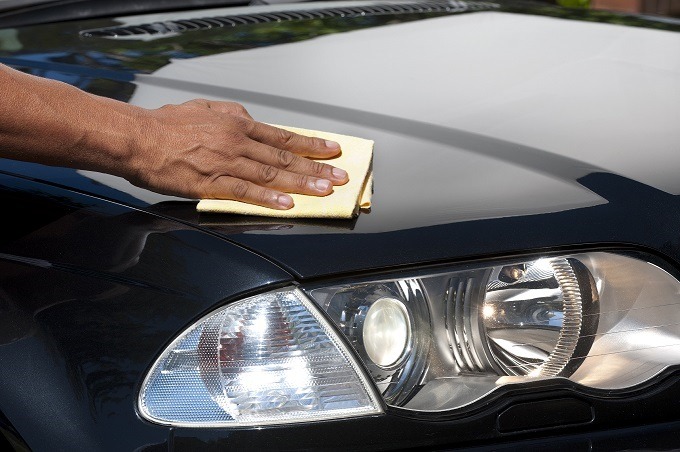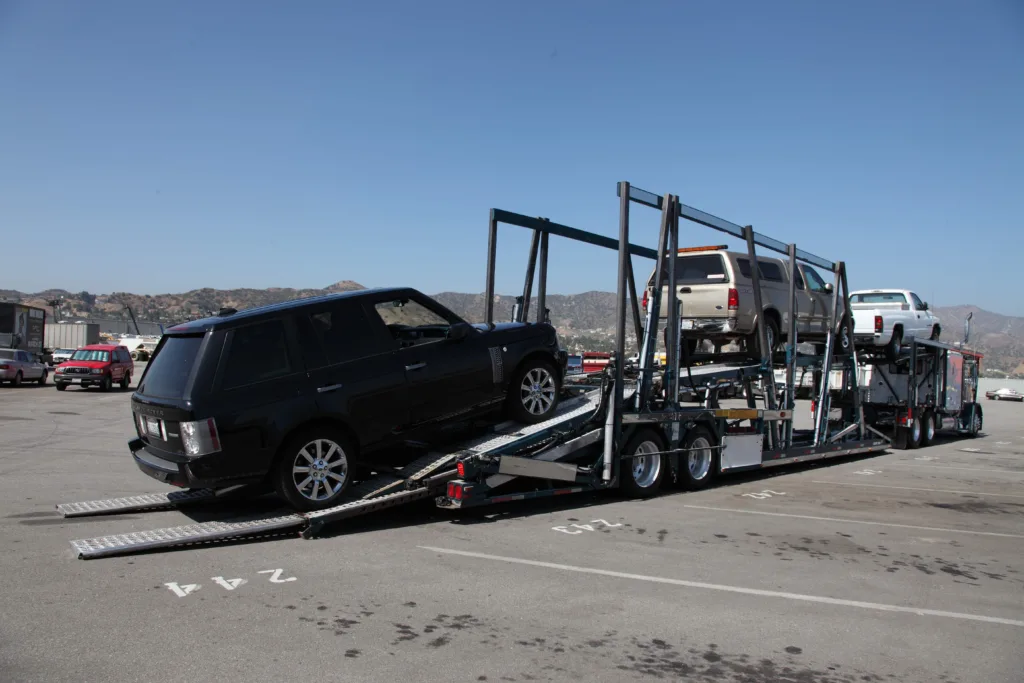
Are you moving across the country and need your vehicle transported? Or maybe you are selling your car and need to ship it to the new owner. You’ll need the help of an auto transport company for that. A car shipping company will load your vehicle onto a carrier truck and deliver it to your destination. Depending on your needs, there are different auto transport services available.
If this is your first time arranging car shipping, it can feel stressful. But here’s some positive news: the statistics of cars being damaged during transport remain extremely low. With the right car shipping tips, you can reduce that risk even further.
Customers naturally ask themselves, “What should be done prior to loading a vehicle on a hauler?” To help ensure your car arrives safely and smoothly, the key component is in the preparation. Here’s a step-by-step auto transport guide covering how to prepare your car for transport.
1. Get Your Documents Ready for Auto Transport
Preparing your vehicle physically is essential, however having the right documents ready for car transport is just as important. Missing paperwork can delay pickup or complicate delivery, especially if your car is crossing state lines.
Here are the key documents you should prepare:
- Vehicle Registration and Title: These prove ownership of the vehicle. Sometimes these are not required for transport, but some carriers may request them to see proof, especially if you’re shipping between states or selling the car to someone in another state.
- Valid Government-Issued ID: You need to provide your driver’s license or other ID to verify the identity of the person shipping the car.
- Proof of Insurance: Your vehicle is usually fully covered during transport, however the auto transport company may ask for your own proof of coverage. It’s also wise to check with your insurance company what your policy covers during transit.
- Bill of Lading (BOL): This is one of the most important documents. It acts as a receipt for your vehicle and an inspection report, listing any pre-existing damage. It must be signed by both you and the carrier at pickup and delivery.
- Power of Attorney (optional): If someone else is handling the vehicle handoff on your behalf, a notarized power of attorney may be required by some carriers.
2. Wash Your Car (Interior & Exterior)
You may be wondering why since it’ll be on a trailer for days. Even though your car will travel on a hauler, washing it is crucial. Dirt and road grime can hide small dings, scratches or dents. A clean surface makes it easier to spot any preexisting damage. Plus, a clean vehicle helps you identify any new harm when the car is delivered.
3. Inspect and Document Pre‑Existing Damage
After washing, inspect your car from every angle for any existing damage. Use a checklist or form to document any existing damage and take time-stamped photos of scratches, chips, dents or wear spots. Put the dates on the photographs and the checklist. An inspection from the carrier will also follow before transport, as all information about the condition of your vehicle is included in the Auto Transport Bill of Lading. Keep your own copy and provide the other one to the carrier company. This documentation is your protection if any disputes arise.
4. Clean Out the Interior, Remove Loose Items
Vehicles can shift slightly during transport, so clear out everything that isn’t properly secured. Remove anything that is not fastened: personal belongings, loose change, electronics, any cables/chargers and air fresheners. These items are not covered by transport insurance and can be damaged or lost.
5. Deactivate the Alarm System
This one may seem obvious, but you’ll be surprised by the number of customers who skip this step. If your car’s alarm goes off mid-transit, it can disrupt the driver or drain the battery. Disable or turn off any alarm or anti-theft systems beforehand. If it’s not possible, let the driver know about it and provide clear instructions on how to manage it.
6. Manage Fuel: Quarter Tank Is Enough
Your car only needs enough fuel to be driven on and off the trailer, not for a long drive. A full tank adds unnecessary weight, which can increase shipping risk and cost. Have about ¼ tank of gas when it’s time for pickup.
7. Check for Leaks or Fluid Issues
Inspect the undercarriage for any possible leaks: oil, coolant, transmission fluid or any other fluids. If you find any leaks, repair them before transport. Some carriers will refuse service if the vehicle is dripping fluids that might damage other vehicles underneath your car or any equipment on the hauler. So, if you spot one, get it fixed!
8. Check Tire Pressure and Condition
Additionally, a tire that is improperly inflated only increases the risk of more damage to it. Properly inflated tires reduce the risk of damage, especially during loading or unloading. Over- or under-inflated tires are more vulnerable. Also check for visible wear, bulges or damage to the sidewalls.
9. Remove Custom Accessories & Valuables
Even though your vehicle will be insured for the duration of transport, items inside the car are excluded from coverage. So if you have any custom electronics, like a CD or DVD player, anything like a GPS system or a TV or any other aftermarket parts, remove them. Don’t ship personal items inside the car: not only can they shift and cause damage, but many carriers don’t allow it for liability reasons. It means you better not have anything in your trunk or anywhere else in your car. In case these items damage your car or other vehicles on the hauler, you will be in charge. The weight of the items in your car can also affect the price and how fast your vehicle will be transported.
10. Prepare the Vehicle Mechanically & Structurally
While your car won’t be driven long distances during transport, it must be capable of boarding and exiting the carrier. Make sure it is in running condition, has some gas and the battery is good. If it is not running, you should let the auto transport company know. Inform them about any mechanical problems as well. If there are any leaks, the driver must know about it so the vehicle is not loaded above other vehicles. Remove an antenna and any other sticking parts. Fold the mirrors so they won’t get damaged or damage other vehicles.
Special note: If the car is non‑operable, the carrier may require additional equipment (winches, special ramps), often with extra fees.
11. Provide Keys and Lock the Vehicle
Last but not least… Hand over all necessary keys (ignition, trunk, etc.) to the driver. Because loading and unloading might require driver access, having all the keys reduces delays. Once your vehicle is loaded, lock everything. These steps help protect against theft or unauthorized access during transport.
Bonus Tip: Communicate Clearly with the Carrier Company
Before pickup, confirm all details with your transport provider: Pick-up and delivery addresses Pickup time window Contact information for the driver Any mechanical issues or special instructions Insurance coverage and claims procedure
Clear communication helps ensure fewer surprises and faster resolution if something arises.
Ready to ship your vehicle? Request a free quote today from Global Auto Transportation and experience a stress-free delivery from pickup to drop-off.



